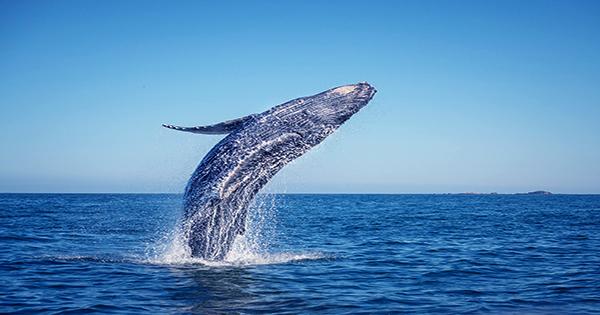Trillions of trees are growing on Earth, but the number of species has been underestimated, according to a new study. A recent study has unveiled the world’s largest forest database, via which they discovered 73,300 tree species.
According to Professor Roberto Cazzolla Gatti, the primary job of trees and forests for humanity is to maintain our ecosystem, not our economic system. Climate change is threatening the diversity of tree species; understanding the extent of this diversity will assist to preserve future generations.
Earth hosts roughly 64,100 known tree species. But there could be at least 73,300 — about 14 percent more than previously thought — a global collaboration of researchers reports in the Proceedings of the National Academy of Sciences.
According to scientist Roberto Cazzolla Gatti of the University of Bologna in Italy and colleagues, more than a third of the 9,200 undiscovered species are likely uncommon and hiding out in South America’s biodiversity hotspots, such as the Amazon and the tropical Andes.
To estimate the number of tree species on Earth, the researchers examined worldwide forest data from two databases: the Global Forest Biodiversity Initiative and TREECHANGE. The researchers employed statistical analysis to account for the amount of rare, occasional trees that could be missed, showing a new distinction between documented and novel species.
By establishing a quantitative benchmark, our study can contribute to tree and forest conservation efforts. Tree species diversity is key to maintaining healthy, productive forests, and important to the global economy and to nature.
Peter Reich
According to Roberto Cazzolla Gatti, a professor of biological variety and conservation at the University of Bologna in Italy and lead author of the study published in the journal Proceedings of the National Academy of Sciences, trees, and forests are much more than just oxygen generators.
Cazzolla Gatti believes that if more than 9,000 varieties of motionless, comparatively enormous trees have gone undiscovered, the number of considerably smaller and more mobile animal species that have gone undetected must be even bigger.
The findings could help scientists better prioritize conservation efforts in the face of global biodiversity loss. Many plants and animals may be wiped off the map before they are even documented in vulnerable areas such as the Amazon, where deforestation and fires are rapidly depleting habitat.
Cazzolla Gatti believes that it is critical to continue investing in conservation and biodiversity preservation. “We don’t have many opportunities to keep our world alive” without it.

South America was discovered to have over 27,000 recognized tree species and 4,000 that have yet to be identified. Eurasia has 14,000 known species and 2,000 unknown, followed by Africa (10,000 known/1,000 unknown), North America (9,000 known/2,000 unknown), and Oceania (7,000 known/2,000 unknown).
“By establishing a quantitative benchmark, our study can contribute to tree and forest conservation efforts,” said study co-author Peter Reich, a forest ecologist at the University of Michigan and University of Minnesota.
“This information is important because tree species are going extinct due to deforestation and climate change, and understanding the value of that diversity requires us to know what is there in the first place before we lose it,” Reich said. “Tree species diversity is key to maintaining healthy, productive forests, and important to the global economy and to nature.”
The entire number of individual trees worldwide was not counted in this study, but a 2015 study headed by one of the co-authors estimated it to be around 3 trillion. The new study identified global tree diversity hotspots in South America, Central America, Africa, Asia, and Oceania’s tropics and subtropics. It was also discovered that roughly one-third of all known species are uncommon.
The researchers estimated the number of undiscovered species based on the quantity and presence of known species using methods developed by statisticians and mathematicians. According to the researchers, tropical and subtropical environments in South America may be home to 40% of these yet-to-be-identified species.
“This study reminds us how little we know about our own planet and its biosphere,” said Jingjing Liang, a quantitative forest ecology professor at Purdue University in Indiana. “There is so much more we need to learn about the Earth in order to safeguard it and maintain natural resources for future generations.”
















